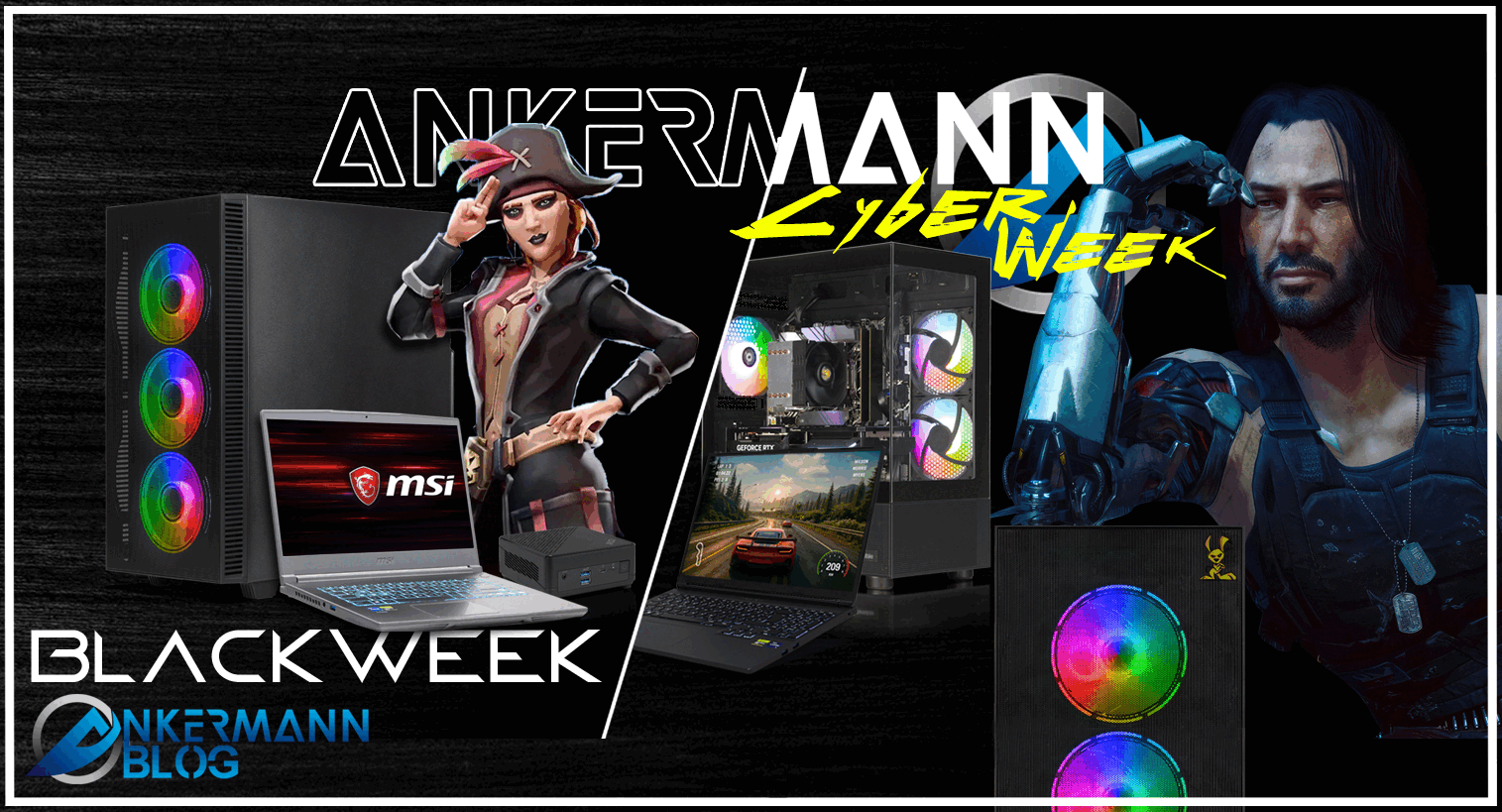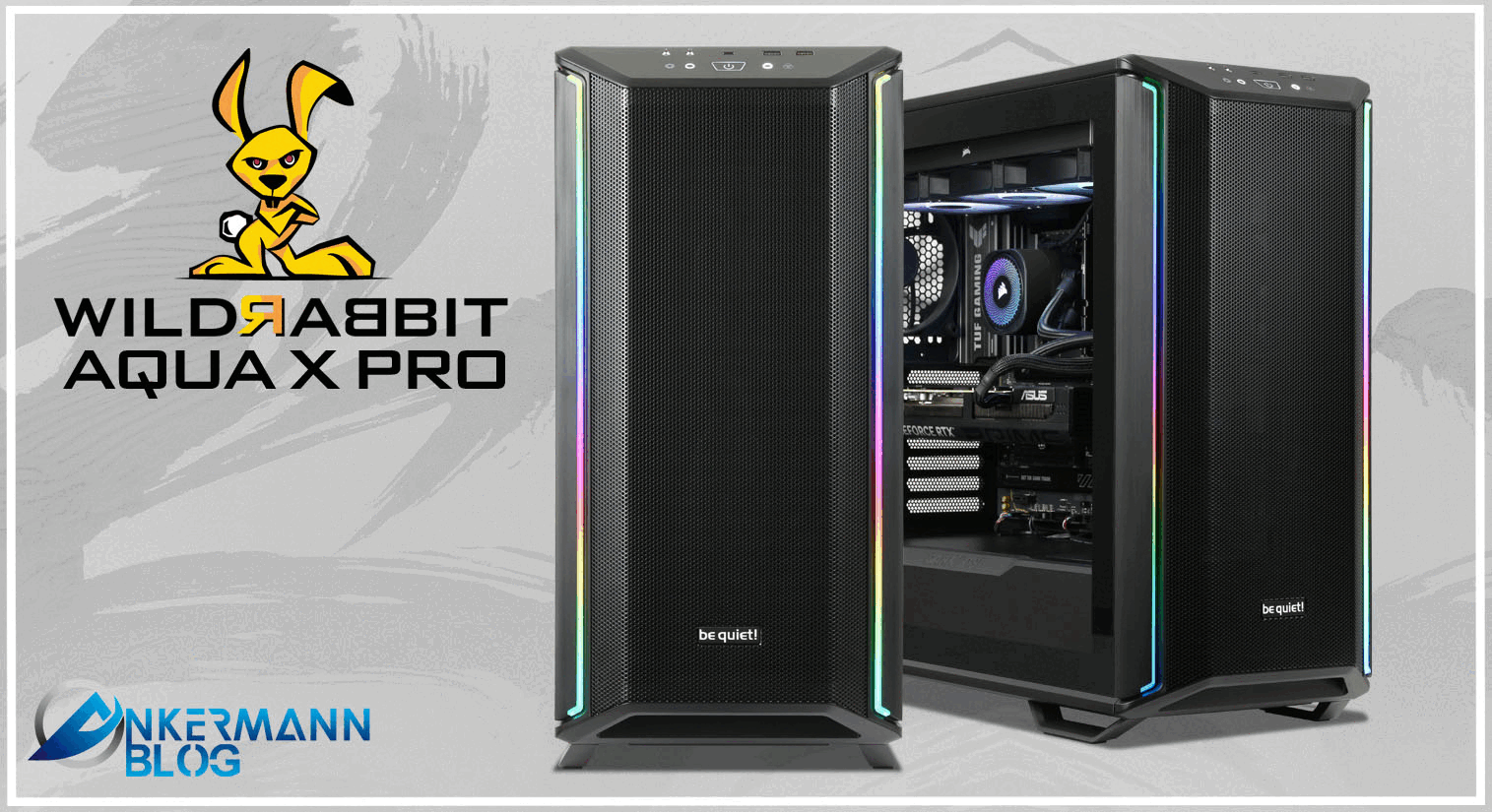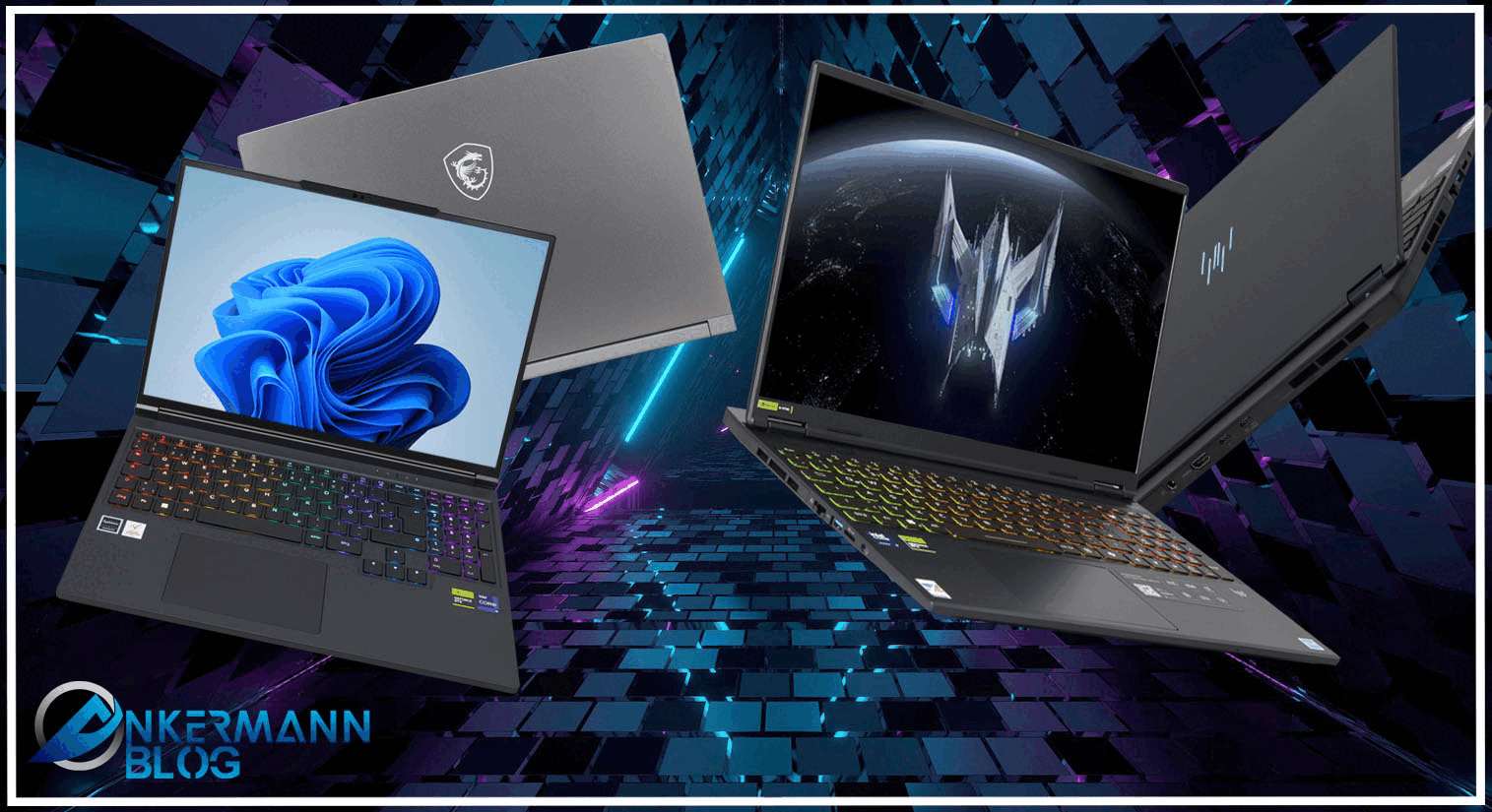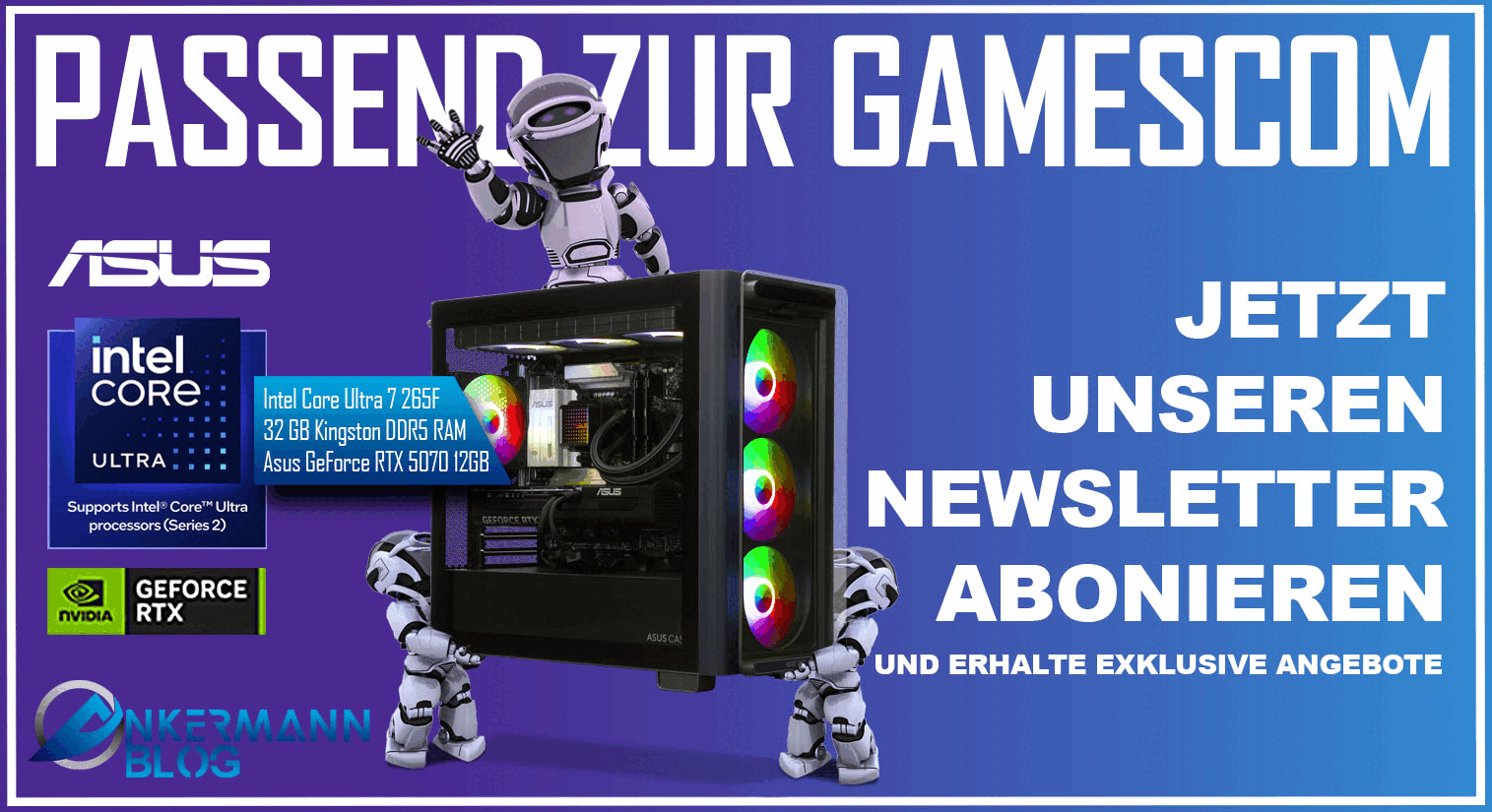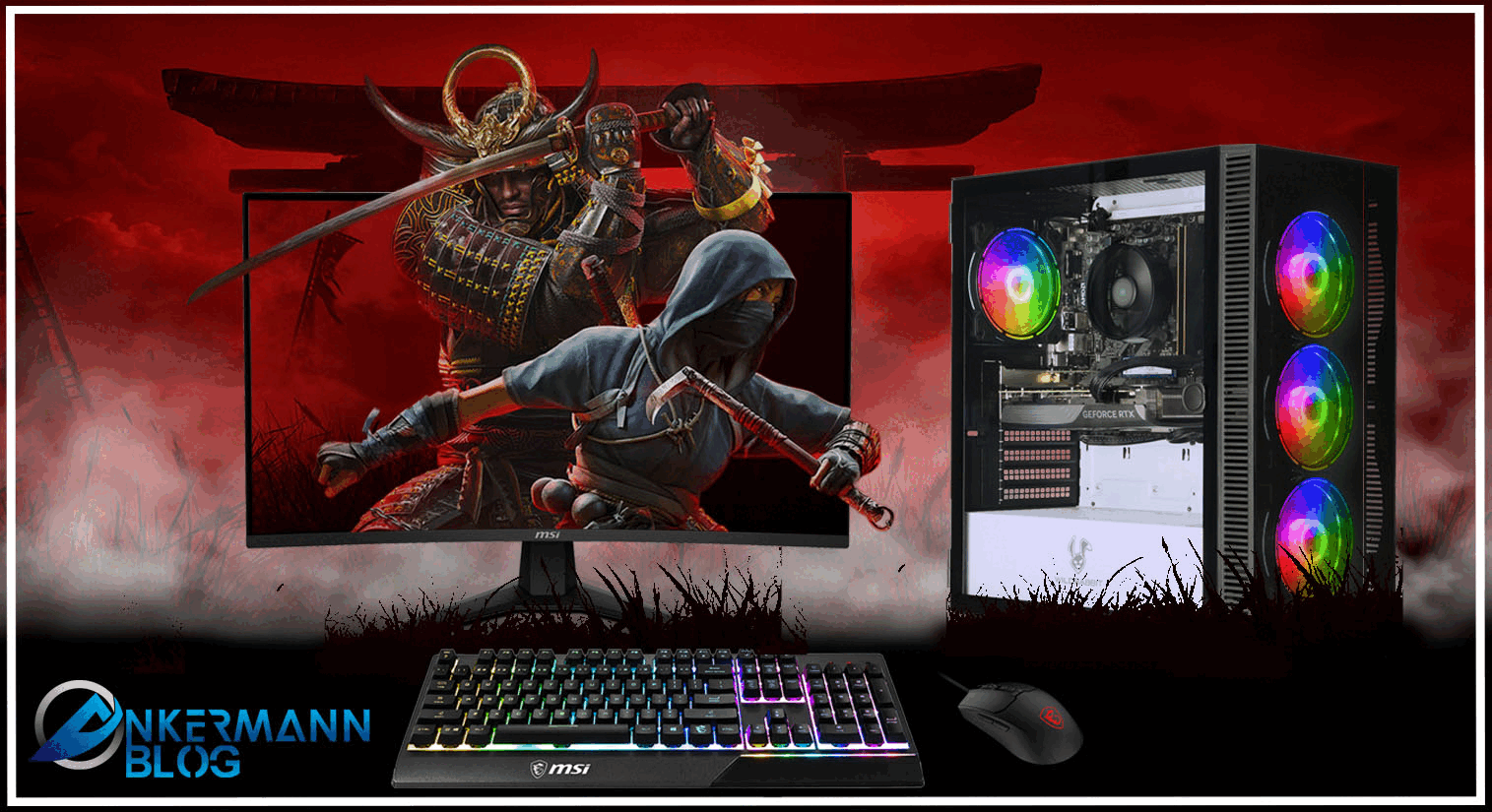The week of amazing deals is here!
WildRabbit Aqua X Pro – Ultimate gaming power
Gaming-Laptops: Mobility meets performance
To celebrate Gamescom
MSI Gear meets power bundles – Four perfect setups
RX 9070 and RTX 5070 - Finally, competition in the mid-range graphics card market
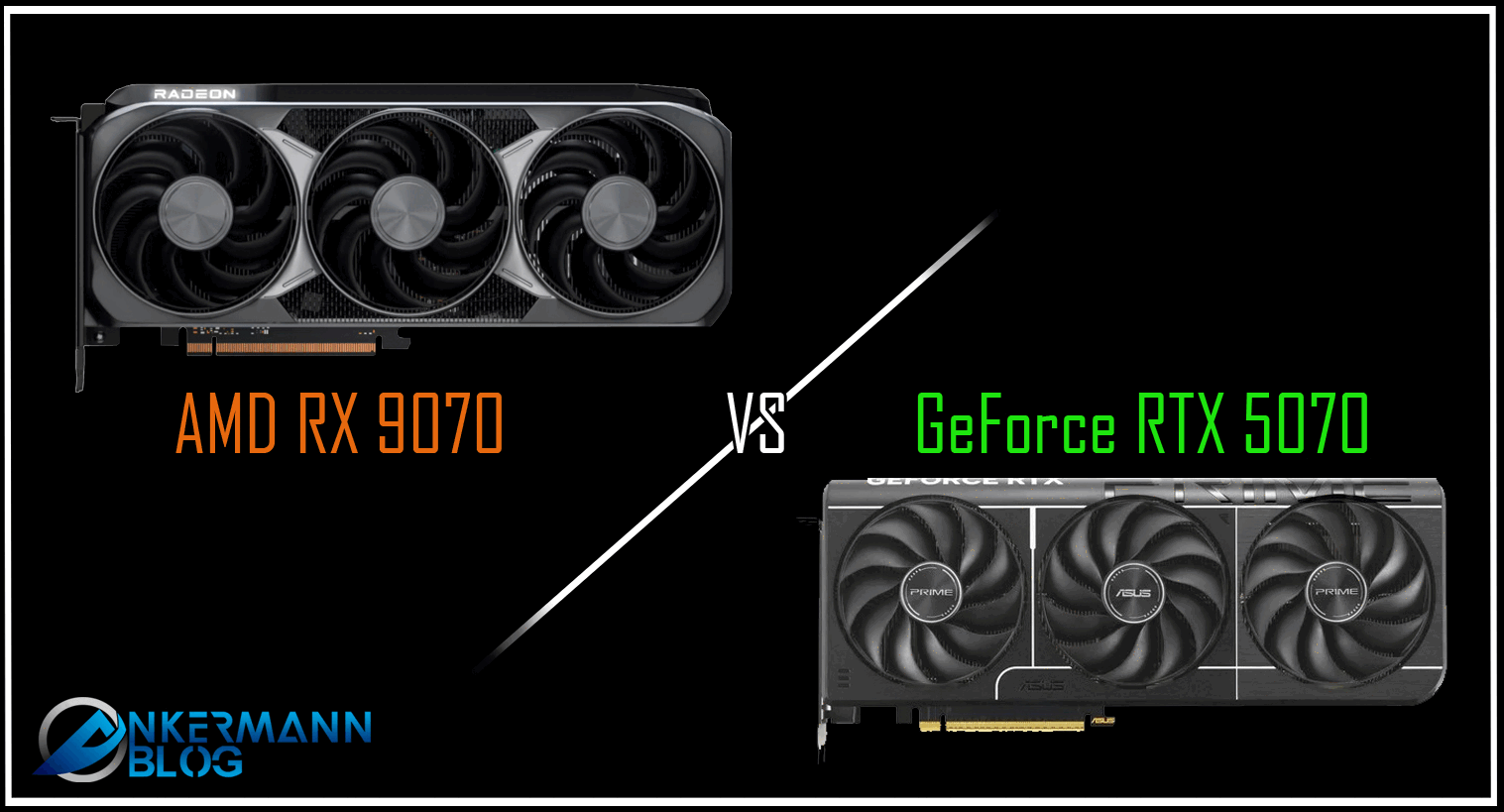
Finally, competition in the mid-range graphics card market
GeForce RTX 5070: DLSS 4's multi-frame-gen technology is truly successful
DLSS 4's new Multi-Frame Generation (MFG) feature can insert up to three AI-generated frames between every two "normal" frames to take frame rates and visual quality to a whole new level.This innovation is truly groundbreaking.With the GeForce RTX 5070, even a choppy game like Star Wars Outlaws becomes as smooth as the legendary Doom 2016. The RTX 5070 is the ideal card for MFG in many ways.Because the AI frames inserted by MFG don't respond to inputs, you may experience higher latency compared to a game at the same frame rate without MFG.If a game runs at around 60 FPS before MFG is enabled, the experience in single-player games is generally good and looks stunning.
Discover our gaming PCs with the GeForce RTX 5070 – now available in the Shop!
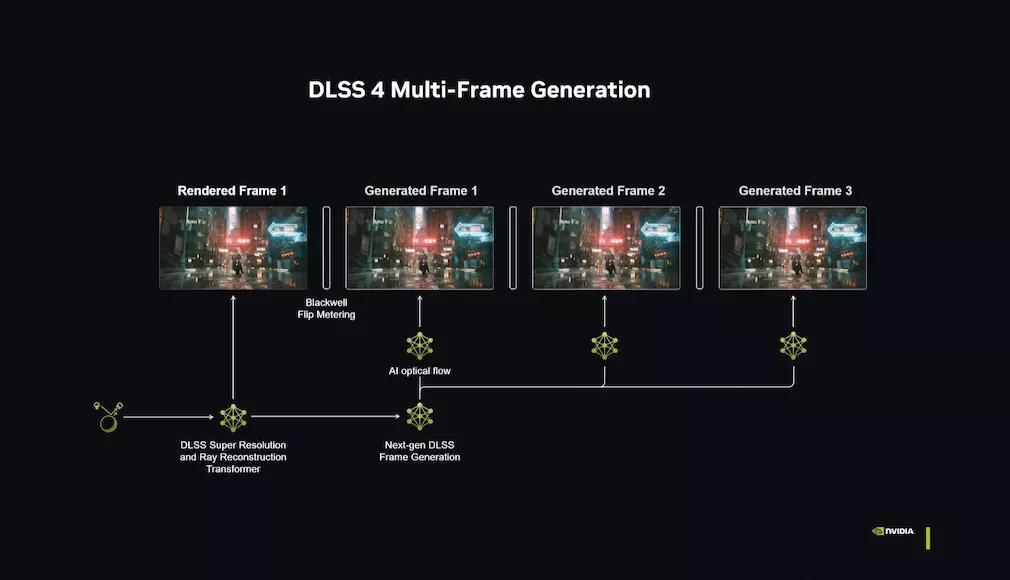
In traditional raster graphics applications, the GeForce RTX 5070 performs only marginally better than the GeForce RTX 4070 Super.The performance gain in this use case is very small.A noticeable advantage is only achieved with the use of AI-assisted DLSS 4. In games that optimally utilize DLSS, the RTX 5070 can deliver an average performance improvement of up to 10%.However, these advantages are not based on pure hardware performance, but rather on algorithmic optimization.At native Ultra HD resolution, the card falls short of expectations due to limited VRAM and memory bandwidth and should not be used without supersampling. This focus on MFG is particularly evident in games like Cyberpunk 2077 or Alan Wake 2, which benefit massively from DLSS 4. Without AI support, however, the performance gain compared to the RTX 4070 Super remains marginal. The RTX 5070 demonstrates that NVIDIA is increasingly focusing on AI-based rendering techniques to improve the user experience, rather than significantly increasing pure hardware performance.
Radeon RX 9070 16 GB and Radeon RX 9070 XT 16 GB: AMD strikes back
AMD is returning to the market for high-end gaming graphics cards and is making a splash.Despite rumors that the high-end cards were to be discontinued, AMD is showing off two successful cards with RDNA4 technology.The two sister cards, the Radeon RX 9070 and RX 9070 XT, are truly successful products – not only because of their hardware, but also because FSR 4 has made a huge leap forward from version 3.1 to the current version 4. While these two cards are "only" high-end cards, together with the new FSR 4 software, they are the best Radeon graphics cards AMD has ever built.FSR4 not only integrates AI technology, but also machine learning.It works very well.AMD finally seems to have understood that the problems it has been facing for years must be addressed: Not only is the hardware much more efficient per transistor, but the sometimes enormous power consumption when idle has also disappeared.This high power consumption when idle has always been one of the biggest criticisms of Radeon cards.Both cards are well-developed and function flawlessly.They are based on the Navi-48 chip, produced by TSMC using the N4P process.AMD and Nvidia both use a 4-nanometer process to describe the advanced 5-nanometer processes used to manufacture their chips. Nvidia calls the technology 4N.
Discover our gaming PCs with the Radeon RX 9070 – now available in the Shop!
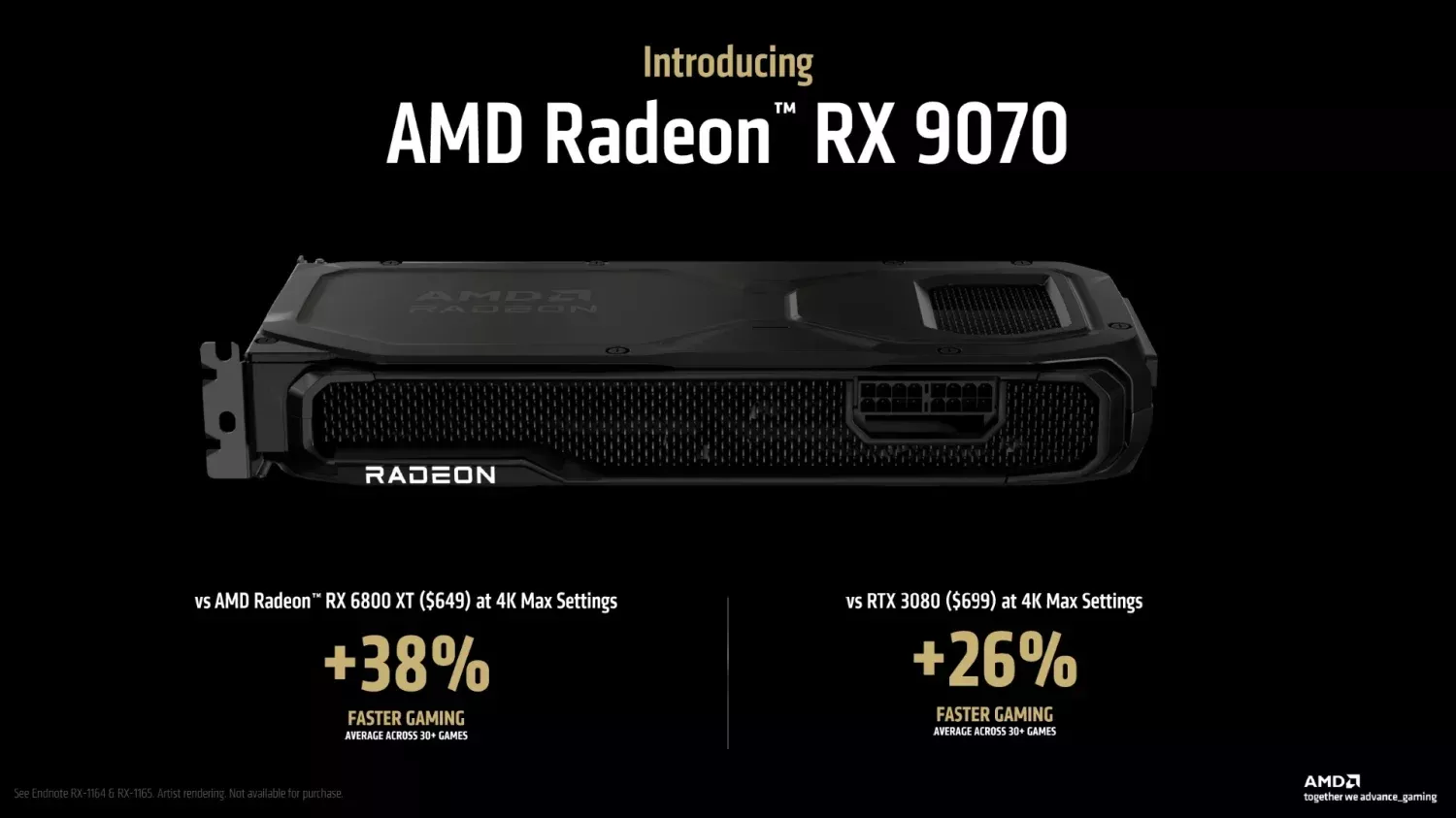
The biggest architectural improvement concerns ray tracing—always a weak point of Radeons.The ray intersection rate has been doubled, AMD has switched to two RT accelerator blocks with a shared 128 KB of memory, switched to BVH8, and introduced oriented bounding boxes to reduce or eliminate false positives at ray triangle and ray box intersections.A dedicated ray transform block has also been introduced to support transformation. AMD urgently needed to improve some of this to avoid falling hopelessly behind Nvidia.NVIDIA has been virtually unbeatable in real-time ray tracing to date.These figures contribute to the ray tracing performance, where AMD had fallen behind not only NVIDIA but even Intel Arc. The Radeon RX 9070 XT is a good and fast graphics card, but the star of the two graphics accelerators is its little sister.The Radeon RX 9070 achieves something that once seemed almost impossible – something AMD hasn't managed since the Radeon R9 nano: it is highly efficient.The very cleverly chosen operating voltage of 220 watts results in outstanding energy efficiency.Until now, such efficiency could only be achieved through undervolting.This makes the Radeon RX 9070 very efficient, even with ray tracing.In rasterizing, the Radeons' flagship discipline, the Radeon RX 9070 is ahead of the GeForce RTX 5070. The card is on par with the GeForce RTX 5070 in ray tracing. The RTX 5070 is only faster than the RX 9070 in path tracing. Next to this sophisticated performance, the Radeon RX 9070 XT pales in comparison.While it comes close to the GeForce RTX 5070, the scaling from the RX 9070 onward is mediocre.Around 15 percent more performance comes at the cost of 35 percent higher power consumption—which is also necessary to compete with the GeForce RTX 5070. But Navi 48 still has further reserves that can be unlocked through undervolting. In addition to the hardware, the FSR 4 software, with its AI and machine learning, is the most important building block for success.The quality of this first-ever AI-supported process determines for many gamers and content creators whether to choose a Radeon or a GeForce.And AMD is finally delivering here, too: FSR 4 and the revised Single Frame Generation represent a major leap forward.Most of the bugs and annoyances of FSR3 are a thing of the past.However, this positive first impression is countered by several conditions.
- FSR 4 requires an RDNA 4 graphics card, as the algorithm makes excessive use of the upgraded AI Accelerators and their FP8 throughput.
- FSR 4 cannot be used in every game; it requires at least FSR 3.1.
- The new DLSS 4 Transformer model looks slightly better in most cases, although personal preference also plays a role here.
Both processes, FSR 4 and DLSS 4, are now truly mature and excellent products.
While we're delighted that AMD is finally a serious competitor to Nvidia again in the mid-range/high-end market, one thing should not be forgotten: AMD has managed to catch up with Nvidia.But it hasn't been able to overtake its competitor.
Let's assume the Radeon RX 9070 XT and GeForce RTX 5070 Ti were equally priced and available. Both graphics cards are comparably fast, offer 16 GB of memory, consume around 300 watts, and feature AI-assisted upsampling and driver frame generation for all games. The AMD graphics card scores points in comparison for its power efficiency when idle—but many other arguments speak in favor of the Nvidia product. The RTX 5070 Ti not only offers optional Multi Frame Generation (MFG), it also gets more out of the available memory and is noticeably better in path-tracing games—even though there are currently very few of these.
However, Nvidia cards have some annoying issues, ranging from graphical glitches to black screens to melting power cables. AMD cards have none of these problems.
The biggest problem with both cards, besides the high price, remains availability.
